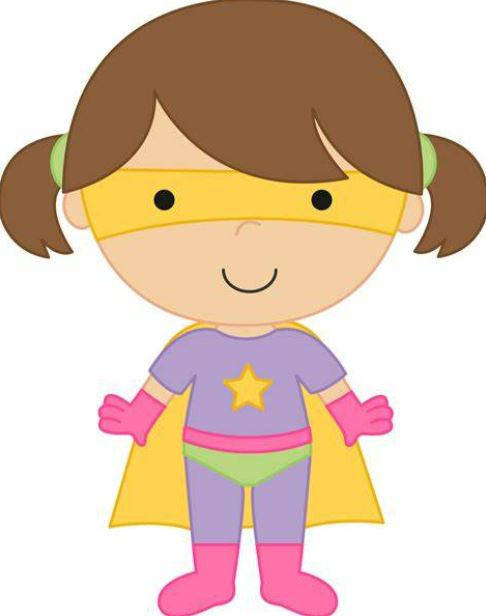
Speed, Velocity, Distance -Time Graph, Heat and Mode
Quiz
•
Physics
•
7th Grade
•
Easy

Angel Cherubin
Used 1+ times
FREE Resource
30 questions
Show all answers
1.
MULTIPLE CHOICE QUESTION
30 sec • 1 pt
Which of the following is a vector quantity
time
speed
displacement
distance
Answer explanation
Displacement is a vector quantity as it has both magnitude and direction, representing the shortest path from the initial to the final position. In contrast, time, speed, and distance are scalar quantities.
2.
MULTIPLE CHOICE QUESTION
30 sec • 1 pt
Which situation shows an object moving at constant velocity?
The object is moving at constant speed in a curved path.
The object is speeding up.
The object is moving with the same speed and direction all througout its travel
The speed of the object is changing every second.
Answer explanation
The correct choice describes an object moving with the same speed and direction, which defines constant velocity. In contrast, the other options involve changes in speed or direction.
3.
MULTIPLE CHOICE QUESTION
30 sec • 1 pt
Which of the following is a transfer of heat by radiation?
The sun warming the earth
A pot of water boiling on a stovetop
A hot air balloon rising in the air
Cooking food in a pan on a stovetop.
Answer explanation
The sun warming the earth is a transfer of heat by radiation, as it involves the emission of energy through electromagnetic waves. The other options involve conduction or convection, not radiation.
4.
MULTIPLE CHOICE QUESTION
30 sec • 1 pt
Which is TRUE about the particles when they lose heat?
They move slower
They stop moving
They move faster
They disappear
Answer explanation
When particles lose heat, they lose energy, causing them to move slower. This is a fundamental principle of thermodynamics, where decreased thermal energy results in reduced motion of particles.
5.
MULTIPLE CHOICE QUESTION
30 sec • 1 pt

Which of the following is the boiling point of water in Celsius?
0oC
32OC
100OC
212OC
Answer explanation
The boiling point of water in Celsius is 100°C. This is the temperature at which water transitions from liquid to gas under standard atmospheric pressure.
6.
MULTIPLE CHOICE QUESTION
30 sec • 1 pt
Which of the following is NOT a renewable energy source?




Answer explanation
Fossil fuels, such as coal, oil, and natural gas, are non-renewable energy sources formed over millions of years. In contrast, solar, wind, and geothermal energy are renewable, as they can be replenished naturally.
7.
MULTIPLE CHOICE QUESTION
30 sec • 1 pt

A microwave oven uses which method of heat transfer to cook food?
Conduction
Convection
Radiation
Adhesion
Answer explanation
A microwave oven cooks food using radiation. It emits microwave radiation that excites water molecules in the food, generating heat and cooking it quickly. This method differs from conduction and convection.
Create a free account and access millions of resources
Similar Resources on Wayground

25 questions
Motion Review
Quiz
•
7th Grade

25 questions
Speed Velocity Acceleration Momentum
Quiz
•
6th - 8th Grade

25 questions
Motion Velocity and Acceleration
Quiz
•
7th - 8th Grade

25 questions
Calculating Speed, Graphs and Position Diagrams
Quiz
•
7th - 8th Grade

35 questions
6th Grade Science -- Force, Motion, Energy
Quiz
•
6th - 8th Grade

30 questions
1.1.2-3 Scalar and Vector Quantity
Quiz
•
7th Grade

31 questions
Motion, Speed, Velocity, Acceleration
Quiz
•
7th Grade

25 questions
VS10
Quiz
•
6th - 8th Grade
Popular Resources on Wayground

10 questions
Video Games
Quiz
•
6th - 12th Grade

10 questions
Lab Safety Procedures and Guidelines
Interactive video
•
6th - 10th Grade

25 questions
Multiplication Facts
Quiz
•
5th Grade

10 questions
UPDATED FOREST Kindness 9-22
Lesson
•
9th - 12th Grade

22 questions
Adding Integers
Quiz
•
6th Grade

15 questions
Subtracting Integers
Quiz
•
7th Grade

20 questions
US Constitution Quiz
Quiz
•
11th Grade

10 questions
Exploring Digital Citizenship Essentials
Interactive video
•
6th - 10th Grade


